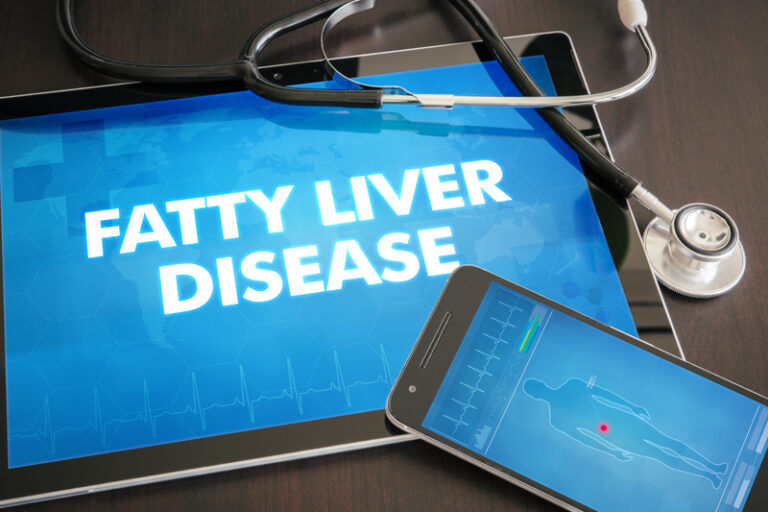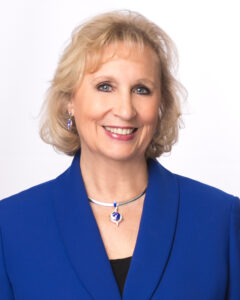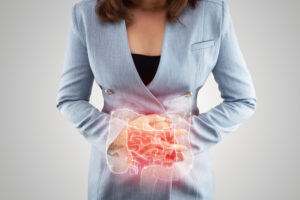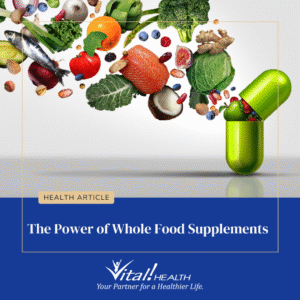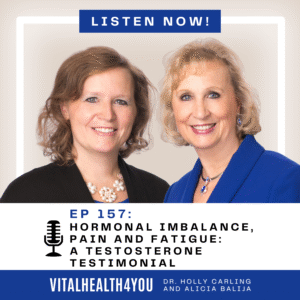Fatty liver disease (also known as hepatic steatosis), occurs when excessive fat accumulates in the liver, which can lead to severe health complications such as cirrhosis and liver cancer. Fatty liver disease, then as a result of excess alcohol consumption, was identified in the early 1800’s. Non-Alcoholic Fatty Liver Disease (NAFLD) is relatively new, and identified as a separate entity in 1980. While it was rare then, it is considered the most rapidly developing cause of liver disease today. NAFLD (now re-named Metabolic Dysfunction-Associated Steatotic Liver Disease (MASLD) is linked to metabolic disorders, especially diabetes and obesity.
Most people don’t even know they have fatty liver disease. The symptoms include fatigue, or pain in the upper right quadrant of the abdomen. Normally it is found via other testing such as ultrasound, MRI’s, CT scans or lab work, and usually an “incidental” finding. It is estimated that NAFLD in adults is approximately 32% of the world’s population and estimated that it is as high as 70% amongst overweight individuals worldwide. The prevalence of NAFLD exceeds 40% (diagnosed) and is estimated to be much higher. In the United States, NAFLD cases are expected to rise from 83.1 million in 2015 to 100.9 million in 2030!
Why is it a problem, what causes it, and can we do anything about it? It’s a problem because it can progress to liver cirrhosis, and eventually to liver cancer. That’s reason enough. “Can we do anything about it?” – yes. In many cases it can be completely resolved, in other cases it can be substantially improved. But we have to understand first, what causes it. While there are several other types of fatty liver disease such as malnutrition from rapid weight loss or drug-induced, we are focusing on NAFLD.
Obesity and diabetes, key components of metabolic syndrome, are recognized as the primary contributors to the development of Non-Alcoholic Fatty Liver Disease. Dr. Jason Fung is considered the leading authority when it comes to NAFLD. He states that the causes include excessive intake of sugar or carbohydrates because the liver converts them into fat through a process called de novo lipogenesis. He as well as other authorities believe that significantly reducing sugars and carbs are the most effective way to reverse this disease. He is a strong advocate of Intermittent Fasting or Time-Restricted Eating as a way to allow the body to burn the fat stored in the liver (and other excess bodily fat). Other recommendations include eliminating seed oils and consuming olive oil and quality fish oils on a regular basis. Eating a diet rich in whole foods and grains (fiber is necessary), garlic and seafood are additional helps. Even just simply eliminating snacking can have a big impact on NAFLD.
While NAFLD is increasingly being diagnosed, you can reverse this. See a practitioner who is experienced in treating this disease.
Want to hear more from Dr. Carling? Check out our podcast. Search for VitalHealth4You on your favorite podcast listening app or go to vitalhealthcda.com/podcasts/
©2024 Holly A. Carling, O.M.D., L.Ac., Ph.D.


